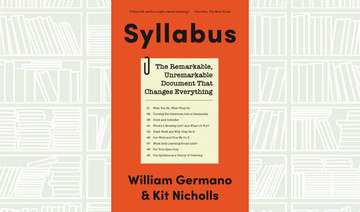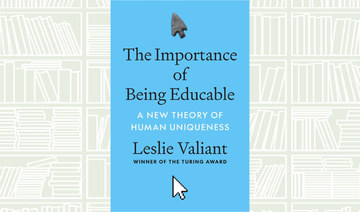Author: H.P. Lovecraft
“The Shadow over Innsmouth” is one of H.P. Lovecraft’s most popular and influential stories, first published in 1936. It follows the narrator, a student on a rambling tour of New England, who stumbles upon the mysterious town of Innsmouth in Massachusetts.
The town of Innsmouth is shrouded in secrecy and strange rumors. The narrator becomes increasingly curious about the town’s dark history and the peculiar appearance of its inhabitants.
As the narrator digs deeper, he discovers a connection between his own family and the sinister activities of Innsmouth. He becomes entangled in a web of conspiracy, horror, and forbidden knowledge.
Eventually, he finds himself pursued by the inhabitants of Innsmouth, who are determined to keep their secrets hidden.
“The Shadow over Innsmouth” is notable for its themes of forbidden knowledge, cosmic horror, and the idea of hidden, ancient races lurking beneath the surface of our world.
It is often considered a significant contribution to Lovecraft’s Cthulhu Mythos, a shared fictional universe featuring ancient deities, forbidden texts, and otherworldly horrors.
Lovecraft was an American writer who developed cosmic tales as a weird, horror fiction literary genre.
His works have profoundly impacted subsequent generations of writers, and his creations, such as the Cthulhu Mythos, have become iconic within the genre.
Lovecraft’s works were not widely recognized during his lifetime, and he primarily published his stories in pulp magazines.
After his death, his writing gained more recognition and a dedicated following.
Other notable works of his are “The Call of Cthulhu,” “At the Mountains of Madness,” and “The Dunwich Horror.”
Lovecraft’s stories continue to captivate readers with their atmospheric descriptions, intricate mythologies, and the sense of cosmic dread they evoke.























